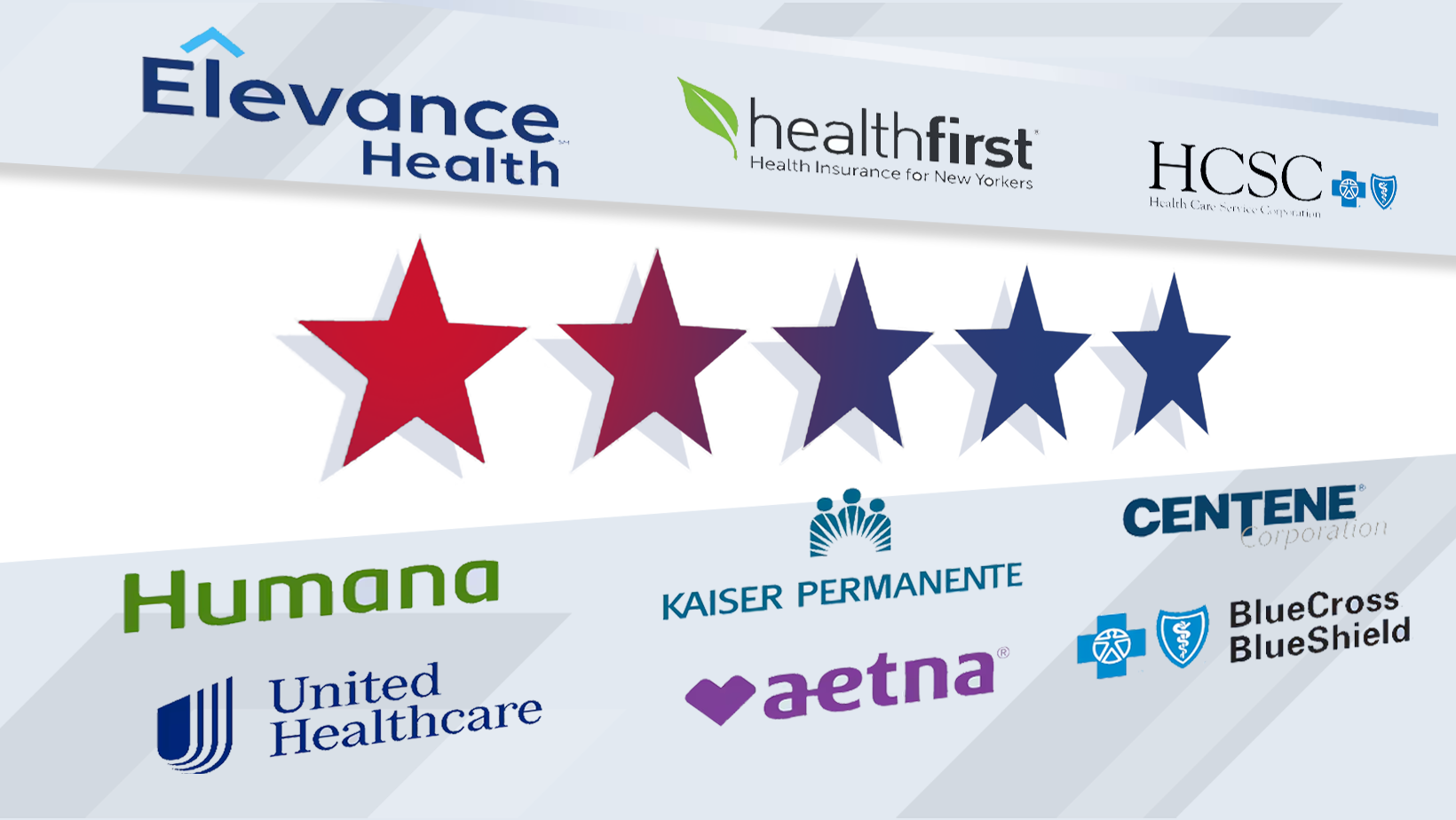High Stakes in CMS’s 2026 Medicare Advantage Star Ratings
 CMS Releases 2026 Medicare Advantage Star Ratings with Mixed Insurer Outcomes
CMS Releases 2026 Medicare Advantage Star Ratings with Mixed Insurer Outcomes
When CMS quietly dropped its 2026 Medicare Advantage (MA) star ratings in the midst of a government shutdown, the reaction across the insurance world was equal parts relief and apprehension. Relief, because surprises were minimal. Apprehension, because when the bar is raised—and margins are thin—even stability looks like underperformance.
In short, the weighted average star rating nudged upward, from 3.96 to 3.98. That might sound modest, but it comes against the backdrop of significantly tougher cut points and stricter standards. And in this world, small shifts can ripple into hundreds of millions in bonus payments or benefit adjustments.
Why it matters: these ratings are a primary lever in determining CMS bonus payments and rebate sizes tied to plan bids below the benchmark. If your star rating drops, your financial exposure rises.
What the Numbers Tell Us: Winners, Losers, and Shifting Patterns
Mixed Results Among the Majors
Among the big players, results diverged more than many anticipated:
-
UnitedHealthcare held steady: roughly 77–78 % of its membership remains in plans rated 4 stars or higher.
-
Aetna (CVS’s MA arm) slipped, seeing its share drop from 89 % to 81 %, though it still leads the field in this metric.
-
Humana took a steeper hit: its share of members in 4-star plans or above declined from 25 % to ~20 %.
-
The bright spots? Elevance vaulted from 40 % into the 4-star ranks to 53 %, while Centene moved from essentially single-digit territory to over 18 %.
Meanwhile, some outliers held firm or surged:
-
Alignment Healthcare again achieved 100 % of its members in 4-star (or better) plans.
-
Kaiser continued to keep almost all of its members in higher-rated plans.
-
Clover, on the other hand, fell back below 4 stars for the majority of its membership—a move many analysts warn could hit earnings hard. Clover has disputed parts of CMS’s methodology.
These shifts carry heavy financial import. Declines in star performance tend to reduce bonus revenue, and may force plans to rethink tiered premiums, tighten benefit packages, or shift enrollments more aggressively.
Why It Felt Harder This Year
This wasn’t just a matter of tougher luck. The methodological environment is shifting:
-
Approximately 60 % of measure cut points got harder from 2025 to 2026.
-
CMS is phasing in the Tukey Outer Fence Outlier logic, which exerts upward pressure on cut points over time.
-
Some of the weighting for key measure categories was adjusted downward (for example, patient experience and access metrics saw a shift in weight).
-
In CMS’s 2026 final notice, the agency predicted a –0.69 % hit to overall bonus revenue from star-rating changes alone.
All of this means insurers must overperform simply to tread water.
“Moving from 4.5 to 5 stars does not provide a rebate or quality bonus payment advantage. However, plans with 5 stars have a strategic advantage of marketing their products year-round, not just during the short open enrollment period.”
— HealthScape Advisors commentary
“We’re focused on building on this momentum, ensuring our members receive high-quality, affordable care and continuing to improve health outcomes.”
— Michael Carson, President and CEO, Wellcare (Centene’s Medicare business)
Strategic Implications & What Plans Should Watch
It’s not enough to lament a harsher environment. Plans must adapt. Below is a structured view (in one bullet section) of what insurers should prioritize now:
-
Enrollment alignment and migrations: Shift more membership into higher-performing plan offerings wherever possible.
-
Quality improvement investments: Double down on care management, outcomes, social determinants, member engagement, adherence, and closing care gaps.
-
Coding and data accuracy: Since star ratings tie closely to measured outcomes, ensure clinical and administrative data are as accurate and complete as possible.
-
Benefit and premium flexibility: Be ready to reconfigure supplemental benefits or tier structures in response to rebate changes.
-
Risk diversification: Consider expanding into non-MA products or supplemental lines to buffer against volatility in star-driven bonus revenue.
-
Regulatory readiness: With CMS signaling greater auditing, invest in systems, compliance, and workforce for reviews.
One especially fraught terrain is in audits and review backlogs. CMS is promising to expand both technology support and the medical coding workforce, signaling that plans should anticipate higher scrutiny and be ready to support their data and metric claims.
In aggregate, what we’re seeing is a maturation (if you will) of the MA star program. The “old normal” of routinely earning 4+ stars is shifting. Plans that once coasted cannot do so any longer. The new baseline may demand effort, culture shifts, operational rigor, and investment.
What’s Ahead: Watch These Trends
-
Continued tightening of cut points — every year may get harder.
-
More aggressive CMS audits and retrospective reviews.
-
Increased exits or pullbacks by insurers in less profitable markets or lines.
-
Greater importance of real outcomes over survey metrics (CMS’s long-term direction).
-
Strategic litigation or appeals from insurers challenging rating methodology or specific measure calculations.
In many ways, this cycle is less about surprise and more about discipline. In 2026, survival in MA will favor those with the data systems, clinical programs, and strategic agility to stay ahead—not just keep pace.

